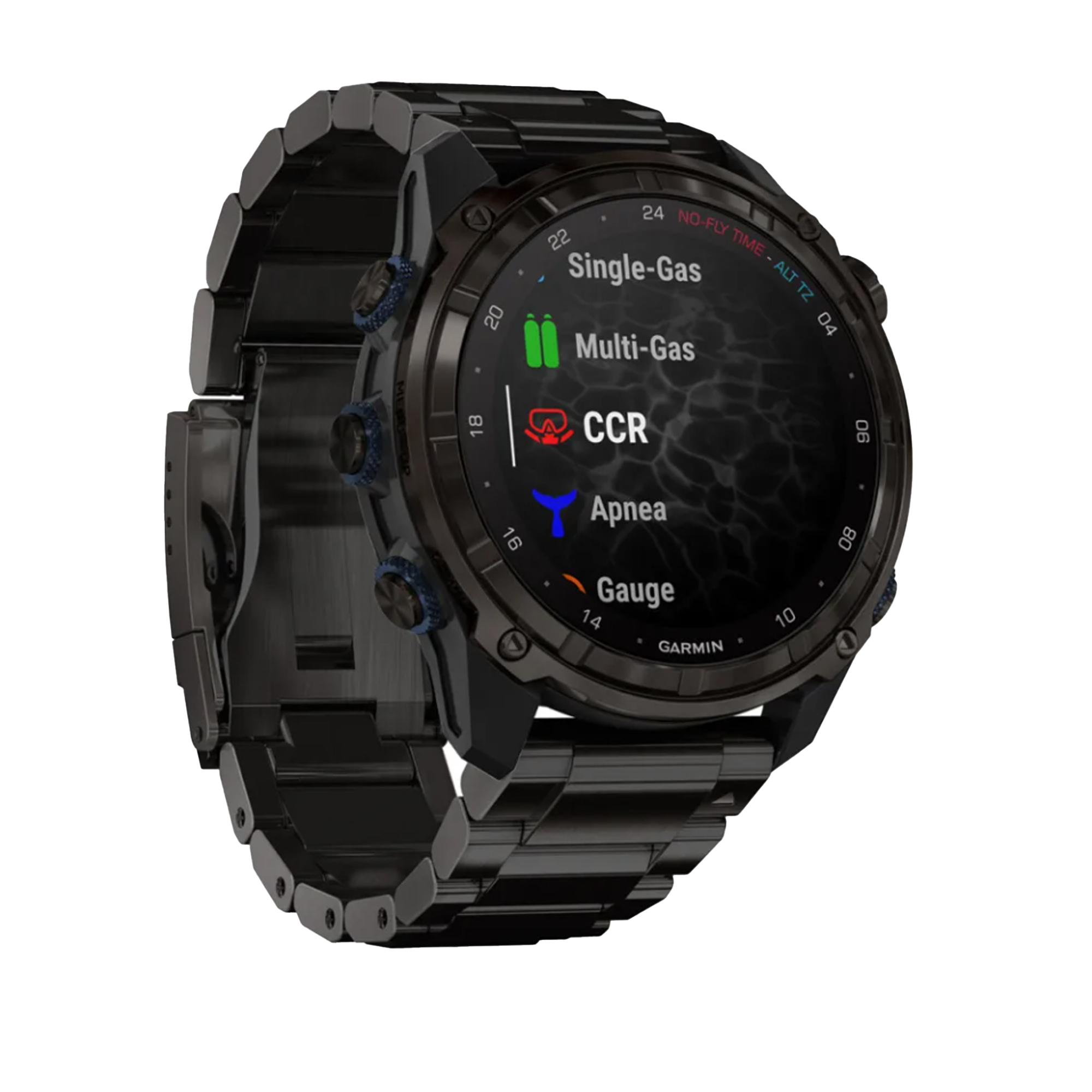Navigation
Kids are snorkellers too! Your child or junior deserves the same considerations with their snorkelling equipment as mum and dad. These snorkels are designed specifically for kids with budget conscious parents. They are not your toy store and big box store snorkels. They are manufactured with the same quality as their adult versions.
J3 Swan Island Submarine
![]() Wreck Dive |
Wreck Dive | ![]() Boat access
Boat access
![]()
![]()
Diesel Electric Submarine | Max Depth: 8 m (26 ft)
The J3 Yellow Submarine, originally HMS J3, later HMAS J3, also known as the Swan Island Sub, is one of the J class submarines designed and built during WW1 by the British Royal Navy.
The J3 submarine, lies in 5 to 8 metres with parts of the hull above the surface.
Diving the J3 Submarine
The J3 submarine lies within the Prohibited Area of Swan Island (Department of Defence) and is therefore out of bounds.
While you can't dive the J3 Submarine unless you were to obtain special permission, you can touch two bronze propellers from this submarine — the battery-powered ones, not the main diesel-driven propeller. They were removed and are on display outside the Queenscliff Maritime Museum.
The J3 lies upright on the seabed in 6 metres of water with the upper deck and superstructure protruding above the water at all times. The bow of the submarine faces east-north-east and is approximately 100 metres from the shore of Swan Island. Strong tidal conditions exist on the site at 90 degrees to the long axis of the vessel. Diving is safely carried out on the lee side of the vessel during the running tide which can run up to 2 knots at full tide.
J3 Submarine History
Originally HMS J3, later HMAS J3, this is one of the seven J class submarines designed and built during WW1 by the British Royal Navy. The J class of submarines was a seven submarine class developed in response to claims that Germany was developing submarines that were fast enough (22 knots) to operate alongside surface fleets. The rumours were actually false.
The J Class design brief was for a submarine to operate on the wings of battle fleets, diving at the commencement of engagements, and picking off stragglers, damaged ships, and acting as an anti-submarine submarine.
This class of submarines were the only design of submarines ever to have had 3 screw propellers, and at the time were the fastest subs around with a surface speed of 19 knots (35 kpm). Six J class submarines were completed during mid-1916, while a seventh entered service in 1917.
HMS J3 commissioned in the Royal Navy on 27 April 1916 and was allocated to the 11th Submarine Flotilla based at Blyth, Northumberland. The wartime complement was 5 officers and 40 sailors.
HMS J3 Submarine Operations
On 18 August 1916 a German signal was intercepted which made it clear that the German High Seas Fleet would be putting to sea that night. Again the several submarine flotillas were involved in the British counter measures. By midnight 26 submarines were on the move including J1, J3, J5 and J6 sent to patrol areas off the Tyne. In the event, only E23 saw anything of the Germans.
Although larger and more powerful than previous British submarines, the J class could not keep up with surface vessels and operated independently during the war. Between them, the submarines sank a U-boat, and heavily damaged two battleships. The J6 Submarine had been sunk in error in 1918 by a British ship.
HMAS J3 Submarine Operations
Following the conclusion of hostilities in World War I, the Admiralty in 1918 presented the six remaining boats of the J Class to the Australian Government. All the submarines commissioned into the Royal Australian Navy at Portsmouth on 25 March 1919, as tenders to the submarine depot ship HMAS Platypus. The Commanding Officer of J3 was Lieutenant Henry KB Mitchell RN.
The beam tubes were removed from all six J Class submarines before they sailed for Australia. The tubes were despatched separately to Garden Island. The reasons given for the removal were that the beam tubes were not a success and that increased accommodation was required.
On 9 April 1919 HMAS Platypus and the six submarines, escorted by the light cruiser HMAS Sydney, sailed from Portsmouth for Australia, their first two ports of call being Gibraltar and Valetta. On the night of 28 April 1919, the night before the vessels arrived at Port Said, J3's starboard main engine shaft snapped. Thus handicapped she could not keep up with the others and consequently on departure for Aden on 30 April 1919, J3 was in tow of Sydney.
The vessels arrived at Aden on 5 May 1919. On the same day the light cruiser HMAS Brisbane, which had left Portsmouth on 17 April 1919, also arrived. On 7 May 1919, all the vessels sailed for Colombo. HMAS Brisbane took over the tow of J3 while HMAS Sydney took J5 in tow as that boat had also developed engine trouble. J3 was taken in hand at Colombo for repairs. On 31 May 1919, HMAS Sydney, J1, J2, J4 and J7 sailed for Singapore, followed on 2 June 1919 by HMAS Platypus and J3. The vessels were reunited in Singapore from where all except Sydney sailed on 18 June 1919. Sydney sailed for Australia a few days later but did not rejoin the other vessels. On 29 June 1919 HMAS Platypus and the submarines arrived at Thursday Island, although J7 was three hours late because of trouble with her engine lubricating system.
When they arrived in Australia on 15 July 1919, the six submarines were all in poor condition. They were taken in hand at Garden Island Dockyard for refitting. After her refit was completed in October 1920, J3 sailed for the submarine base at Geelong, Victoria. Osborne House, previously a rest home for nurses, was used as the base for the six submarines.
The J3 and J4 carried out a major cruise in Tasmanian waters in January 1922.
The ironclad Cerberus was renamed HMAS Platypus II on the 1 April 1921 and acted as a depot ship to the J Class submarines whilst stationed at Geelong. The Platypus II is not to be confused with the HMAS Platypus which was one of the six gift vessels which escorted the J submarines from England to Australia.
After uneventful service, little of which was spent at sea, J3 and her five sisters paid off into Reserve at Western Port on 12 July 1922. The boats had become victims of the worsening economic conditions of the time, coupled with their high cost of maintenance.
J3 Submarine Details
The J class Submarine Number 3 was built in 1915 at Portsmouth Naval Dockyard, England, and launched on 4 December 1915. At that time the J class were the fastest subs in existence.
It's commonly believed that the J-class submarines were identical in dimensions and layout, but this is not so. Royal Navy drawings placed the J class into two groups of J1–4 and J5–7, and that the bridge of J7 was moved 60 feet aft compared to J5–6. Plans show a difference in overall length between the two groups, with J5–7 at 274 feet 9 inches being 9 inches shorter than J1–4 which were 275 feet 6 inches.
The overall length of the J3 Submarine was approximately 275.5 ft (84 m), beam 23.25 ft (7.09 m) and draught 14 ft (4.27 m) giving a displacement weight of 1,210 t (1,334 s-ton) surfaced and 1,820 t (2,006 s-ton) submerged.
The J-class submarines were powered by three 12-cylinder Vickers solid injection, direct reversing, 4-cycle, diesel engines of 14.5-inch bore and 14-inch stroke, producing a total of 3,600 HP at 380 rpm. For submerged running there were two Mather & Platt 700 HP electric motors, for a total of 1,400 HP, powered by four banks of 58 cell batteries.
The vessel had a maximum speed of 19 knots (35 kpm) surfaced and 9.4 knots (17 kpm) submerged, with a range of 4,000 nm (7,408 km) at 12 knots (22 kpm) and 2,250 nm (4,167 km) at full speed surfaced. The maximum safe diving depth was 300 ft (91 m). They J-class submarines were equipped with a powerful long-range wireless and were ideally suited to reconnoitre in enemy water.
The J Class submarines principal weapons originally were:
- 6 x 18-inch (457 mm) torpedo tubes (4 bow, 2 beam)
- 1 x 4-inch (102 mm) gun
- The J1, for a brief period, was fitted with Depth charges
J3 Submarine Scuttling
On 8 December 1922 the J7 under the command of Lieutenant J. Drinkwater was given sailing orders to tow the J3 Submarine from the Flinders Naval Depot and to berth the J3 near Swan Island in a position selected by the officer-in-charge of the Mine Depot at Swan Island. Where the said officer considered the use of the J3 as a power station and pier. The HMAS Platypus II (ex Cerberus) was directed to be off Swan Spit buoy to assist in the berthing. On the afternoon of 9 December 1922, the J3 was moored safely with shorelines shortly after which the J7 returned to Western Port.
The J3 Submarine was stripped and the hull scuttled in January 1926 as a pier and breakwater off Swan Point, Swan Island, where it had been moored since 1922. It settled almost on top of the wreck of the 961-ton coal hulk S.F. Hersey. Her batteries were later used to power an electric trolley situated at the Mine Depot at Swan Island.
Four subs, J1, J2, J4, and J5, were scuttled in the Victorian Ships' Graveyard. Two were scuttled as breakwaters: J3 near Swan Island, and J7 at Sandringham Yacht Club.
See also Heritage Council Victoria: J-3 Submarine,
Australian National Shipwreck Database: J-3 Submarine,
Royal Australian Navy: HMAS J3,
WW1 J Class Submarines,
WW1 J Class Subs,
Wikipedia: HMS J3, and
Wikipedia: J-class submarine.
Heritage Warning: Any shipwreck or shipwreck relic that is 75 years or older is protected by legislation. Other items of maritime heritage 75 years or older are also protected by legislation. Activities such as digging for bottles, coins or other artefacts that involve the disturbance of archaeological sites may be in breach of the legislation, and penalties may apply. The legislation requires the mandatory reporting to Heritage Victoria as soon as practicable of any archaeological site that is identified. See Maritime heritage. Anyone with information about looting or stolen artefacts should call Heritage Victoria on (03) 7022 6390, or send an email to heritage.victoria@delwp.vic.gov.au.
Traditional Owners — This dive site is in the traditional Country of the Wathaurong (Wadda-Warrung) people of the Kulin Nation. This truly ancient Country includes the coastline of Port Phillip, from the Werribee River in the north-east, the Bellarine Peninsula, and down to Cape Otway in the south-west. We wish to acknowledge the Wathaurong as Traditional Owners. We pay respect to their Ancestors and their Elders, past, present and emerging. We acknowledge Bunjil the Creator Spirit of this beautiful land, who travels as an eagle, and Waarn, who protects the waterways and travels as a crow, and thank them for continuing to watch over this Country today and beyond.
J3 Swan Island Submarine Location Map
Latitude: 38° 14.643′ S (38.24405° S / 38° 14′ 38.58″ S)
Longitude: 144° 42.183′ E (144.70305° E / 144° 42′ 10.98″ E)
Datum: WGS84 |
Google Map
Added: 2012-07-22 09:00:00 GMT, Last updated: 2022-03-27 16:52:01 GMT
Source: GPS
Nearest Neighbour: S.F. Hersey, 178 m, bearing 216°, SW
J-Class Submarine, 1820 ton.
Built: Dyfed, Wales, 1916.
Scuttled: January 1926.
Bellarine Peninsula, Port Phillip.
Depth: 0 to 8 m.
[ Top ]
DISCLAIMER: No claim is made by The Scuba Doctor as to the accuracy of the dive site coordinates listed here. Should anyone decide to use these GPS marks to locate and dive on a site, they do so entirely at their own risk. Always verify against other sources.
The marks come from numerous sources including commercial operators, independent dive clubs, reference works, and active divers. Some are known to be accurate, while others may not be. Some GPS marks may even have come from maps using the AGD66 datum, and thus may need be converted to the WGS84 datum. To distinguish between the possible accuracy of the dive site marks, we've tried to give each mark a source of GPS, Google Earth, or unknown.
Copyright © 2005-2022 by The Scuba Doctor Australia, ABN 88 116 755 170. All rights reserved.
tel. +61 3 5985 1700 :: email. diveshop@scubadoctor.com.au :: Web site by it'sTechnical 2022

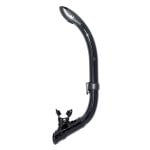
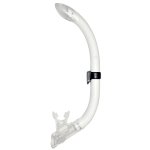
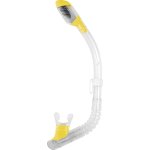



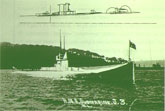
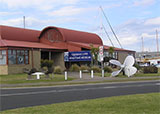


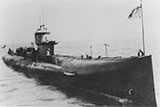
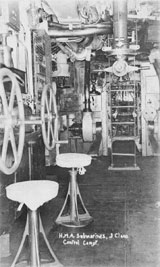
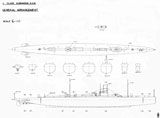

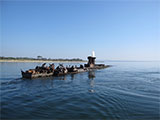
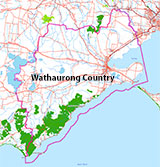





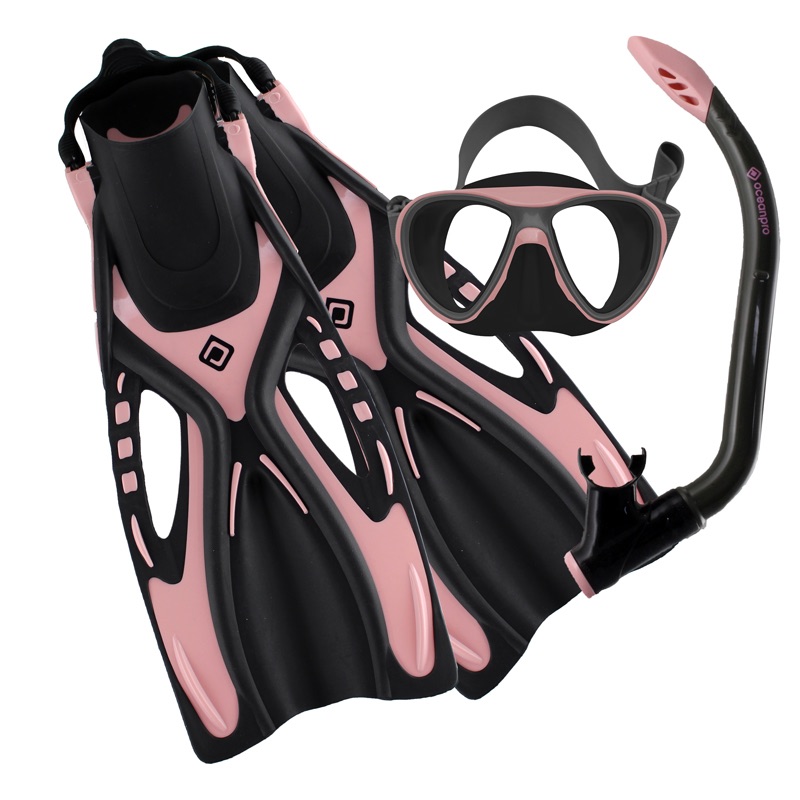

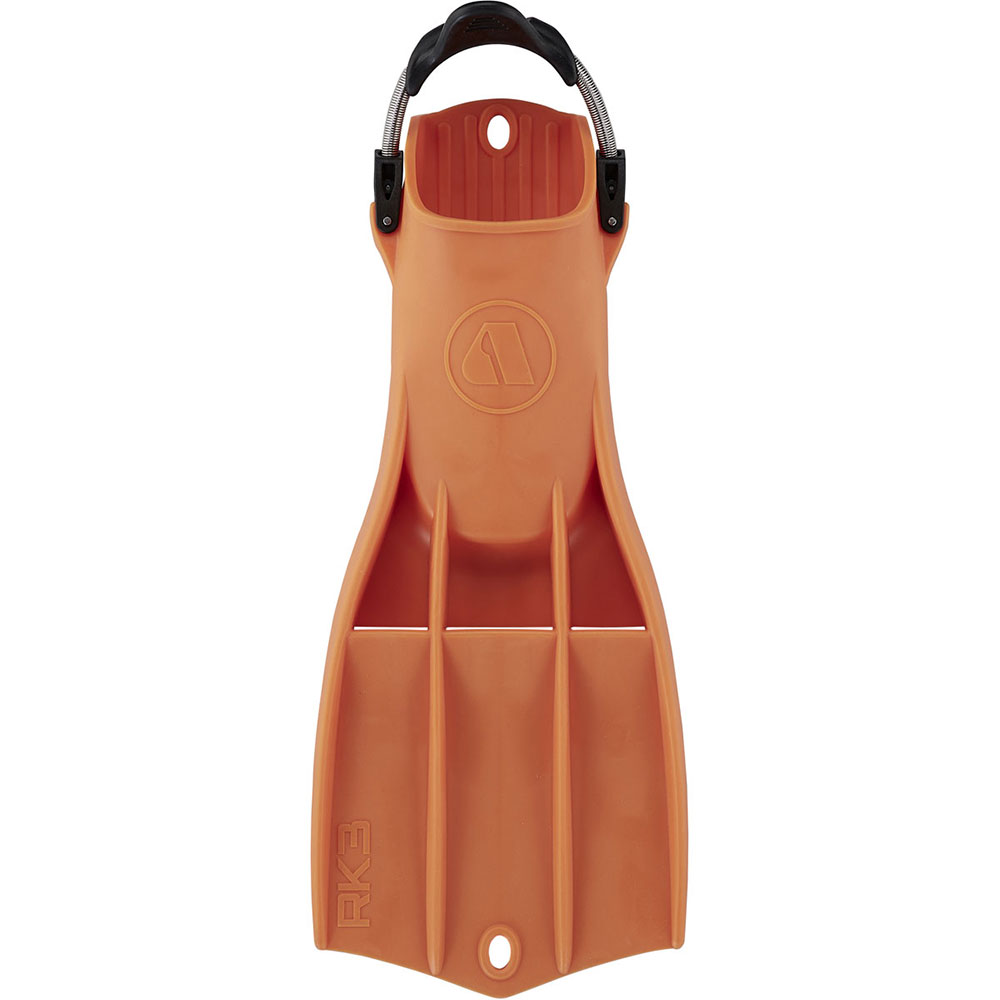




![Halcyon Infinity 30lb System [SS Small Backplate] Halcyon Infinity 30lb System [SS Small Backplate]](/diveshop/images/halcyon/Halcyon-Evolve-Wing.jpg)





